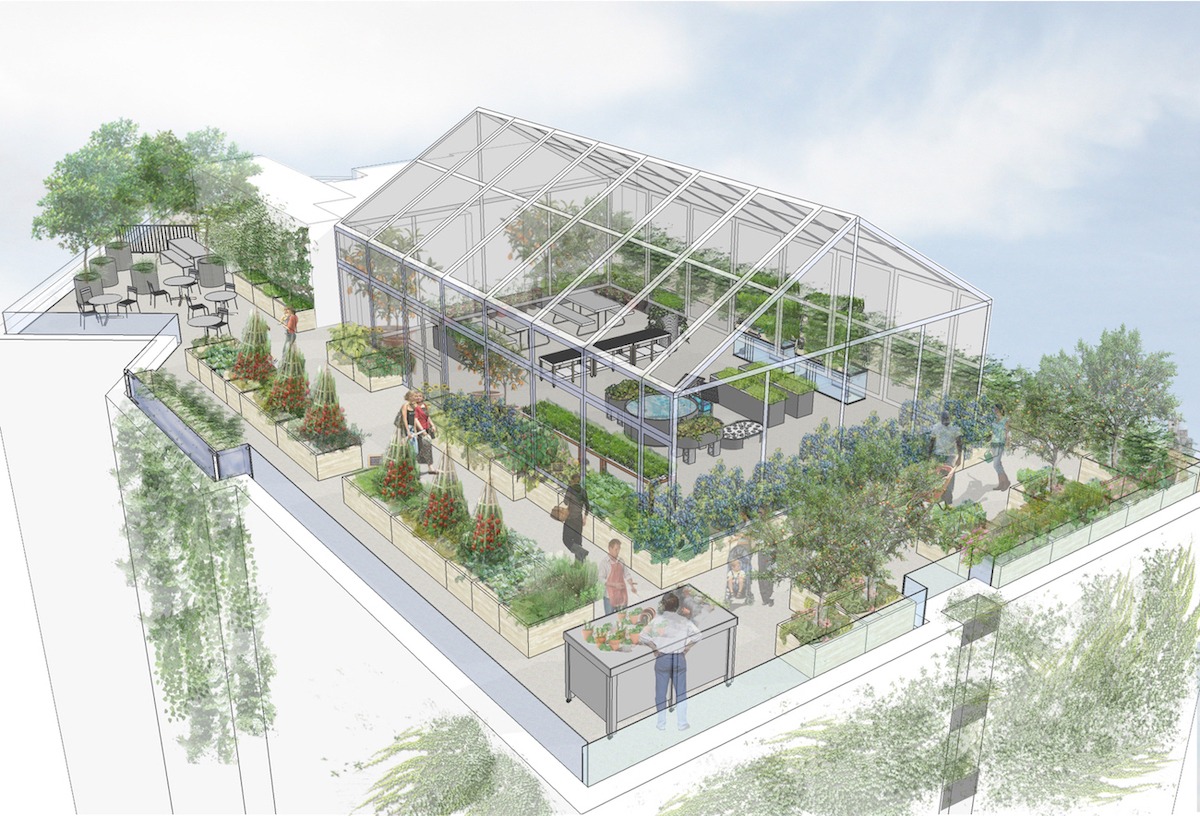COURTESY : timesofindia.indiatimes.com
Green affordable housing
With the rising environmental concern, the green endeavors of housing furnaces a deep link between the well-being of people and environmental sustainability. Many realty developers have initiated the process of integrating core social and economic values of affordable housing development.
Challenges of housing and opportunities for affordable housing
One of the critical issues facing communities all over India is the lack of safe, decent, and affordable housing. With a steady rise in demand for housing in urban as well as suburban areas, developers are constructing residential houses for people with low-income men, women, and families to find a nest to live in. A general definition of affordability is to pay not more than 30 percent to rent or loan of their income.
Affordability is accomplished by setting a doable monthly mortgage payment in accordance with the resident’s income, rather than at market rates. Some of the most common types of affordable housing are:
· Rental housing for very low to low-moderate income individuals and families.
· Housing for people with special physical health needs.
· Making a case of green housing with affordability in mind.
· Housing for seniors
· “Sweet-equity” or self-help homes
Affordable housing developers depend on a variety of financial programs administered by central and state governments. There are other public agencies and financial institutions to give impetus to affordable housing. The help in affordable housing comes in the form of tax credits, debt with preferential rates or terms, and loan guarantees.
What is a Green and Affordable Building?
Green building is a part of an infrastructural endeavor where the emphasis is on minimizing the use of resources, creating healthier living environments for people and reducing the impacts on the local ecosystem.
Presently, developers and people are in general not too aware of green projects. However, the data shows that the construction and operation of affordable housing projects consume a great number of resources, resulting in a negative impact on the environment.
The annual impacts of building construction and operation in India include the following:
· 40 percent of India’s energy use
· More than 30 percent of carbon dioxide production
· More than 40 percent of wood and raw materials
· More than 30 percent of water usage
· 20 percent of solid waste
The Benefits of Green Building to Affordable Housing
There are three principal components that play in the sustainability issue.
a) Economics
b) Social equity
c) Environment
Affordable housing is a part of sustainability and addresses two components: economics and social equity. Traditionally environment is not integrated into the affordability of housing, though in the long run it will help the developers and customers alike
. Direct benefits of green building include utility cost savings, healthier living environments, and increased durability.
. Energy and water savings help low-income residents to shift financial resources to higher-priority items such as nutritional food, proper healthcare, education, etc.
· Less direct benefits of green affordable housing include such as solid waste management through construction waste recycling programs or use of recycled-content materials.
· Affordable housing developers are able to use a long-term lifecycle approach to design, which is one of the core tenets of green building.
Summary
Being able to look at benefits over the long term gives affordable housing developers the unique opportunity to view the full range of green building strategies and their associated benefits in a comprehensive way in order to focus on those that are the best fit for the developer, the residents, the community, and the larger environment.




